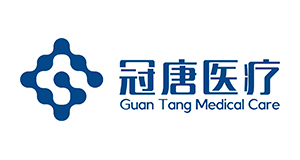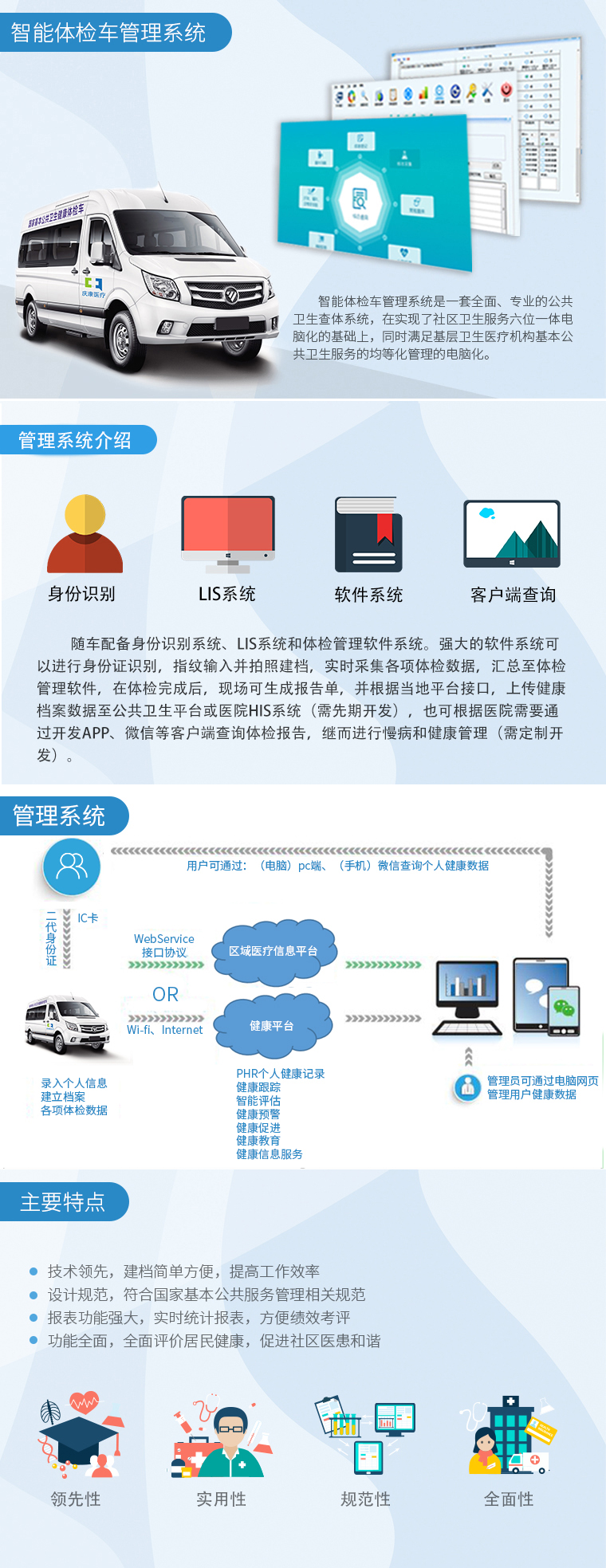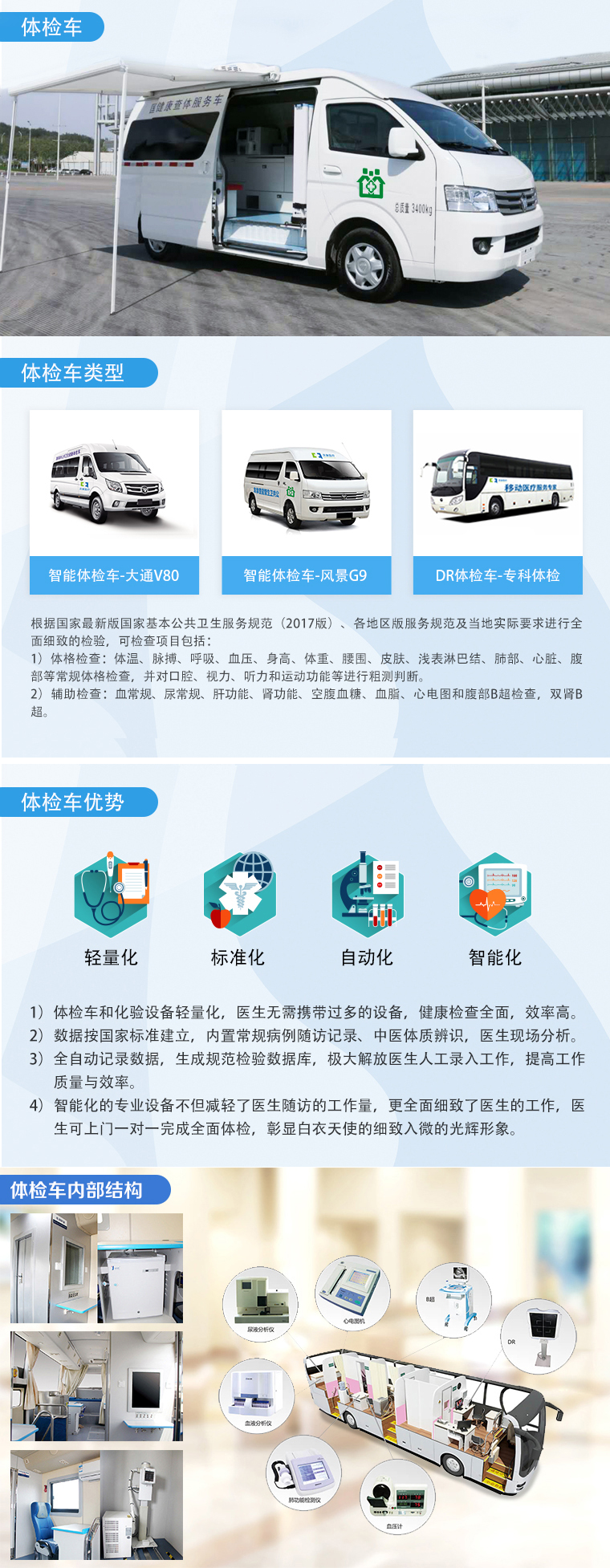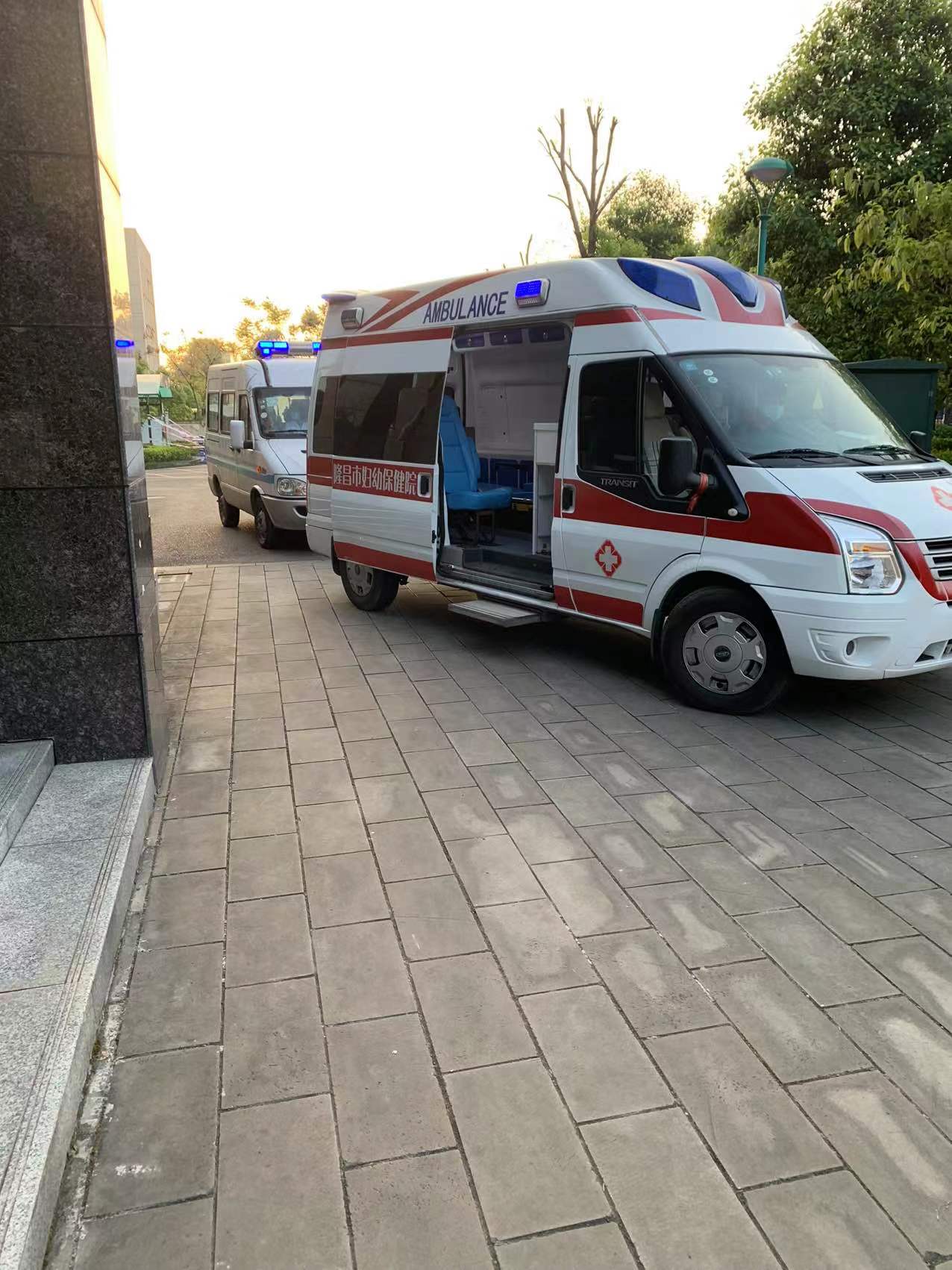實施案例
產品推薦
新聞推薦
慢病隨訪管理系統有什么顯著的優勢?
- 2025-07-09
- http://www.chuzhoujiajiao.cn/ 原創
- 130
慢病隨訪管理系統作為輔助醫療服務的重要工具,在提升慢病管理質量、優化醫療資源配置等方面展現出顯著優勢,為患者和醫療機構帶來多維度的便利。
The chronic disease follow-up management system, as an important tool for auxiliary medical services, has shown significant advantages in improving the quality of chronic disease management and optimizing the allocation of medical resources, bringing multidimensional convenience to patients and medical institutions.
提高隨訪效率是該系統的核心優勢之一。傳統慢病隨訪多依賴人工記錄和電話溝通,不僅耗時耗力,還容易因人為疏忽導致信息遺漏或錯誤。而系統通過自動化流程,可根據患者病情設定隨訪周期,自動生成隨訪提醒,包括向醫護人員推送待隨訪名單,向患者發送檢查或用藥提醒。醫護人員通過系統直接記錄隨訪信息,避免了紙質記錄的繁瑣和后期錄入的重復勞動,使隨訪工作的效率提升顯著,尤其在患者數量較多的情況下,能大幅減輕醫護人員的工作負擔。
Improving follow-up efficiency is one of the core advantages of this system. Traditional chronic disease follow-up often relies on manual recording and telephone communication, which is not only time-consuming and labor-intensive, but also prone to information omission or errors caused by human negligence. And through automated processes, the system can set follow-up cycles based on the patient's condition, automatically generate follow-up reminders, including pushing the list of patients to be followed up to medical staff and sending examination or medication reminders to patients. Medical staff can directly record follow-up information through the system, avoiding the tedious process of paper records and the repetitive labor of later input, significantly improving the efficiency of follow-up work, especially in cases with a large number of patients, which can greatly reduce the workload of medical staff.
實現患者信息的規范化管理是另一重要優勢。系統為每位慢病患者建立電子健康檔案,整合其基本信息、病史、檢查結果、用藥記錄等數據,形成完整的健康數據庫。這些信息可隨時查閱和更新,確保醫護人員在隨訪時能全面了解患者的病情變化,避免因信息分散導致的判斷偏差。同時,電子檔案的標準化格式便于不同科室或醫療機構之間的信息共享,為患者轉診或會診提供便利,打破了信息孤島,使慢病管理更具連貫性。
Implementing standardized management of patient information is another important advantage. The system establishes electronic health records for each chronic disease patient, integrating their basic information, medical history, examination results, medication records, and other data to form a complete health database. These information can be accessed and updated at any time to ensure that medical staff can fully understand the changes in the patient's condition during follow-up, avoiding judgment bias caused by scattered information. At the same time, the standardized format of electronic records facilitates information sharing between different departments or medical institutions, providing convenience for patient referrals or consultations, breaking down information silos, and making chronic disease management more coherent.
助力精準醫療干預,提升管理質量。系統可對患者的各項健康數據進行動態監測和分析,如血糖、血壓、血脂等指標的變化趨勢,當數據出現異常波動時,能及時發出預警,提醒醫護人員進行干預。基于這些數據,醫護人員可制定個性化的隨訪方案和治療調整建議,例如根據患者的血糖變化調整用藥劑量,或根據運動、飲食記錄給出生活方式指導。這種基于數據的精準干預,能有效降低慢病急性發作的風險,延緩病情進展。
Assist in precision medical intervention and improve management quality. The system can dynamically monitor and analyze various health data of patients, such as changes in blood glucose, blood pressure, blood lipids, and other indicators. When there are abnormal fluctuations in the data, it can issue timely warnings to remind medical staff to intervene. Based on this data, medical staff can develop personalized follow-up plans and treatment adjustment recommendations, such as adjusting medication dosage according to patients' blood sugar changes, or providing lifestyle guidance based on exercise and diet records. This precise intervention based on data can effectively reduce the risk of acute exacerbation of chronic diseases and delay the progression of the condition.
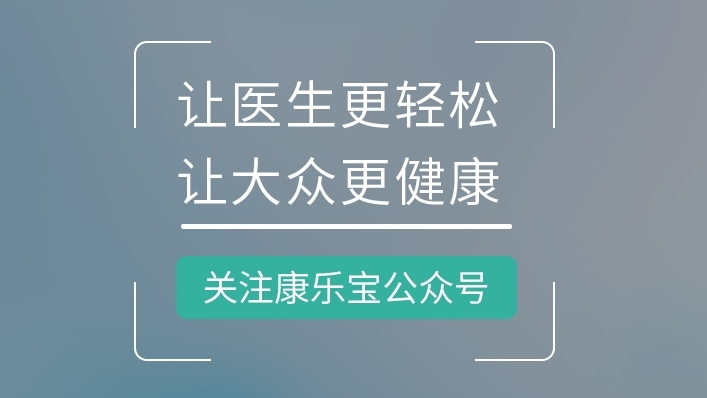
優化患者自我管理能力,增強參與度。系統通常為患者提供便捷的自助服務功能,如通過移動端記錄日常健康數據(如體重、運動時長)、查詢檢查結果、接收健康知識推送等。患者能直觀了解自己的健康狀況,明確需要改進的生活習慣,從而更主動地參與到慢病管理中。此外,系統中的互動功能,如在線咨詢醫護人員、加入病友交流圈,可減少患者的孤獨感和焦慮情緒,提升其對治療的依從性。
Optimize patient self-management ability and enhance participation. The system usually provides convenient self-service functions for patients, such as recording daily health data (such as weight, exercise duration), querying examination results, receiving health knowledge push notifications, etc. through mobile devices. Patients can have a clear understanding of their health status, identify lifestyle habits that need improvement, and actively participate in chronic disease management. In addition, interactive features in the system, such as online consultation with medical staff and joining patient communication circles, can reduce patients' feelings of loneliness and anxiety, and improve their compliance with treatment.
合理配置醫療資源,降低醫療成本。通過系統對患者進行分層管理,可將病情穩定的患者交由社區或家庭醫生進行常規隨訪,而病情復雜或高危患者由專科醫生重點跟進,實現醫療資源的精準分配。同時,系統減少了不必要的門診次數和檢查項目,例如患者通過線上提交數據即可完成部分隨訪,無需頻繁到醫院,既節省了患者的時間和交通成本,也緩解了醫院的接診壓力,使醫療資源能更多地投向急需的患者。
Reasonably allocate medical resources and reduce medical costs. By implementing hierarchical management of patients through the system, patients with stable conditions can be referred to community or family doctors for routine follow-up, while patients with complex or high-risk conditions can be followed up by specialized doctors, achieving precise allocation of medical resources. At the same time, the system reduces unnecessary outpatient visits and examination items. For example, patients can complete partial follow-up through online data submission, without frequent visits to the hospital. This not only saves patients' time and transportation costs, but also alleviates the pressure of hospital reception, allowing medical resources to be directed more towards urgently needed patients.
本文由慢病隨訪管理系統友情奉獻.更多有關的知識請點擊:http://www.chuzhoujiajiao.cn我們將會對您提出的疑問進行詳細的解答,歡迎您登錄網站留言.
This article is a friendly contribution from the occupational disease examination system For more information, please click: http://www.chuzhoujiajiao.cn We will provide detailed answers to your questions. You are welcome to log in to our website and leave a message.
